
“When you are pregnant, the only thing you should care about is that your baby is born healthy.” Oh, how many times have you heard that pretentious line when venting about how you’d really love to have a boy! As if you’re the only mom-to-be that ever pined away for a specific sex baby! Certainly, I couldn’t agree more with having a healthy baby, but apparently I have a major psychological defect in this area because I can’t help myself from hoping for a certain gender, talking about wanting a certain gender, and even praying for a certain gender!
“Dear God, I know this is the absolute most selfish prayer ever asked of you, and I pray that you help me to not want to pray for this again ever again, but I really, REALLY want to have a little girl!” And it gets progressively worse from there, as the guilt and absurdity of what I am asking for comes into focus.
But the question remains: Is there a way to determine the sex of your baby? Can we have any influence on the sex of our child? In my investigation on this subject, I have decided that there are two viable methods for achieving the sex of the baby you desire most. Ironically, one is grounded in science and fact while the other one is completely astrological and superstitious. In this segment I’ll discuss the Shettles’ method for choosing the sex of your baby and in my next post we’ll go over the Chinese Gender Calendar theory!
WHAT IS THE SHETTLES METHOD?

According to my fertility bible, “Taking Charge of Your Fertility” by Toni Weschler, MPH, “in the 1970s, Dr. Landrum Shettles, M.D., Ph. D., developed a scientifically based, fairly simple way in which to increase your chances of having a boy or girl. He has written an informative book called How to Choose the Sex of Your Baby.” Weschler provides that “it seems that of all the natural theories proposed , Shettles’s method is the best supported by scientific studies.” The Shettles method “is about 80 to 90% effective for choosing boys, and 75 to 80% effective for choosing girls, when the method rules are followed correctly.”
By this point in human progress, we all understand that is the male who determines the sex of the baby as his sperm contain either another “X” chromosome or the male “Y” chromosome. (I would like to mention that there is a growing theory that some women’s reproductive organs are only suited to carry exclusively one sex over the other, but we won’t get into that now.) Weschler explains that “the male sperm (Y chromosome) are smaller, lighter, faster, and more fragile than the female sperm (X chromosome). The female sperm are generally bigger, heavier, slower, and heartier, and thus tend to live longer than the male sperm.”
Without delving too deep into the Fertility Awareness method outlined in “Taking Charge of Your Fertility,” the basic principle is that “if you desire a boy, you should time intercourse as close to ovulation as possible so that the fast, light, male sperm reach their prize first. Likewise, if you prefer a girl, you should time intercourse as far from ovulation as you can while still allowing conception to occur.”

HOW DO I USE THE SHETTLES METHOD?
I strongly recommend you familiarize yourself with your cycle. Before I read “Taking Charge of Your Fertility,” I really didn’t understand a thing. The Fertility Awareness method advocated in my favorite fertility book suggests that every woman document her cycle and the major fertility signs. The first day of your cycle begins on the first day of your period where there is considerable blood flow (not just spotting). Generally, if you are having a regular period, you are releasing an egg and therefore fertile. Typically women ovulate mid-way through their cycle, but this can vary individually, and that is why it’s best to chart your cycle so you can identify your body’s own pattern.
You will want to document the consistency of your cervical fluid (TMI-alert: this is that wet stuff you see in your undies), the more egg-white-like and stretchy it is the closer to ovulation you are. This consistency of cervical fluid serves to aid and propel sperm through the cervix and thus enhance chances of conceiving. Your Peak Day is often the day before you ovulate and characterized by the day you have the most egg white, stretchy cervical fluid. Another aspect of your fertility that is helpful to chart is your basal body temperature. There is a thermal shift that occurs the day after you ovulate that can also let you know that you’re fertile and ovulating (again I suggest you read up on this to understand more). The last fertility sign is the position of your cervix. Personally, I don’t feel very comfortable identifying this one as you have to do some inner feeling around, but the gist is that your cervix moves down and enlarges closer to ovulation (again to aid in conception).
Now that you know a bit about fertility signs and charting your cycle, here’s how the Shettles method works!
To have a boy you should have sex on your Peak Day, as well as the following day. You are trying to have sex as close to ovulation as possible because the lighter, faster male (Y chromosome) sperm will arrive at the egg first. Even though the male sperm are less resilient the egg white cervical fluid helps to protect the sperm and propel them up the cervix faster. To plan to have a boy, you should chart your cycle for several months until you can pin point exactly when you’re most likely to be ovulating.
To have a girl you should have sex several days before your Peak Day, but preferably not closer than 2 days before. Weschler advises that “it may take a little more patience and perseverance to conceive a girl, because the timing is trickier. You’ll want to have intercourse far enough away from ovulation to assure that mostly female sperm remain, but close enough to still allow a conception to occur.” Each cycle that you try for a girl and it doesn’t result in a conception you should move up a day, so instead of having sex only on the 4th day before your predicted ovulation, you would have it on the third day before your anticipated ovulation. It gets tricky around two days before because then you increase your odds of having a boy.

Unfortunately, I can’t be the guinea pig for this one! My husband doesn’t believe in interfering with the natural order of things, so we have just basically been doing the deed as much as we want and making it a priority. I contemplated getting a series of headaches 3 to 4 days before I expected I would ovulate but my husband’s pretty smart and he would have been on to me pretty quick!
There is only one flesh and bone person I know who has tried this method and indeed she had the sex she was aiming for. She is a biologist, so that somehow uped the credibility of this method in my mind, plus she got the little baby girl she was hoping (no, I guess, planning) for.
Just because it worked for one person doesn’t mean it can work for all of us. The fact is that we all have a 50-50 chance of having either a boy or a girl. What I think the Shettles method does is tip the balance of the probability of having a boy or a girl. For example, by trying to conceive only on the 4th day before your ovulation, your chances of having a girl increase from 50% to 75 or 80%. That’s good enough for me 🙂
Do you believe it is ethical to try to choose the sex of your baby? Do you think the Shettles Method works? Do you know anyone this method has worked for?

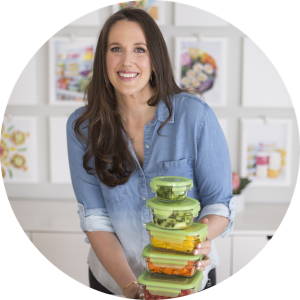


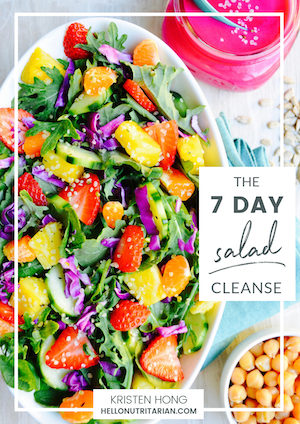


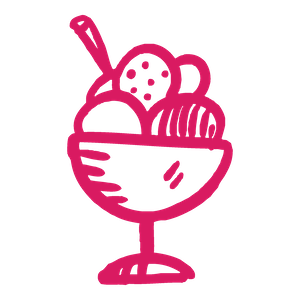
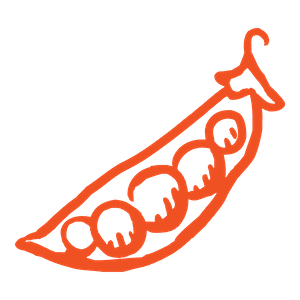
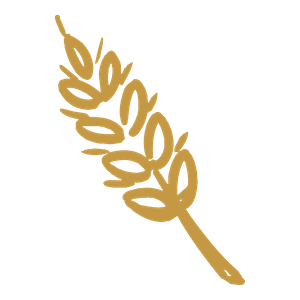




Great article, I have a friend from college who used Shettles and had the boy she wanted. I dont see anything wrong withusing info that we have to try for the sex we want. I get it cause i really want to have a boy 🙂
So excited for you and your upcoming wedding! Please let us know how it goes!
this is a funny post to me: we have 50 50 shot no matter what
This is for the dreamers I guess 🙂
Kristen thanks for suggesting the book “Taking Charge of your Fertility” it was awesome and very insightful. I also did not know much or anything about fertility until I read this book. I have begun charting my fertility this month to see if next month we start the search for the “baby boy” I am hoping for. I will let you all know if it worked. Please pray for me and for a healthy pregnancy, all I want is a healthy baby. It really doesn’t matter if its a boy or girl just as long as it has 10 fingers, 10 toes and is in perfect health. Thanks again!
Without knowing a thing about this method, my son was conceived IMMEDIATELY upon ovulation.
That’s awesome and works with the method to a “t,” the closer to ovulation you conceive the more likely it will be a boy!
Sorry it took me so long to update! Yes, I am blessed to be having a girl–God must have heard all my prayers, lol! I am going to post about my experience with 4D ultrasound at 15 weeks–it was great! Congrats to you too!
It definitely worked for me got my little boy
If I get egg white for 3 days continuously.. same quantity.. then how can I decide my ovulation day..? Is it after 3 rd day of egg white r in the starting?
This method worked for me. Though what I also added, was that I did ovulation test and before marital relations douched down there with a solution of warm water and Bicarbonate of soda.
What does that do?